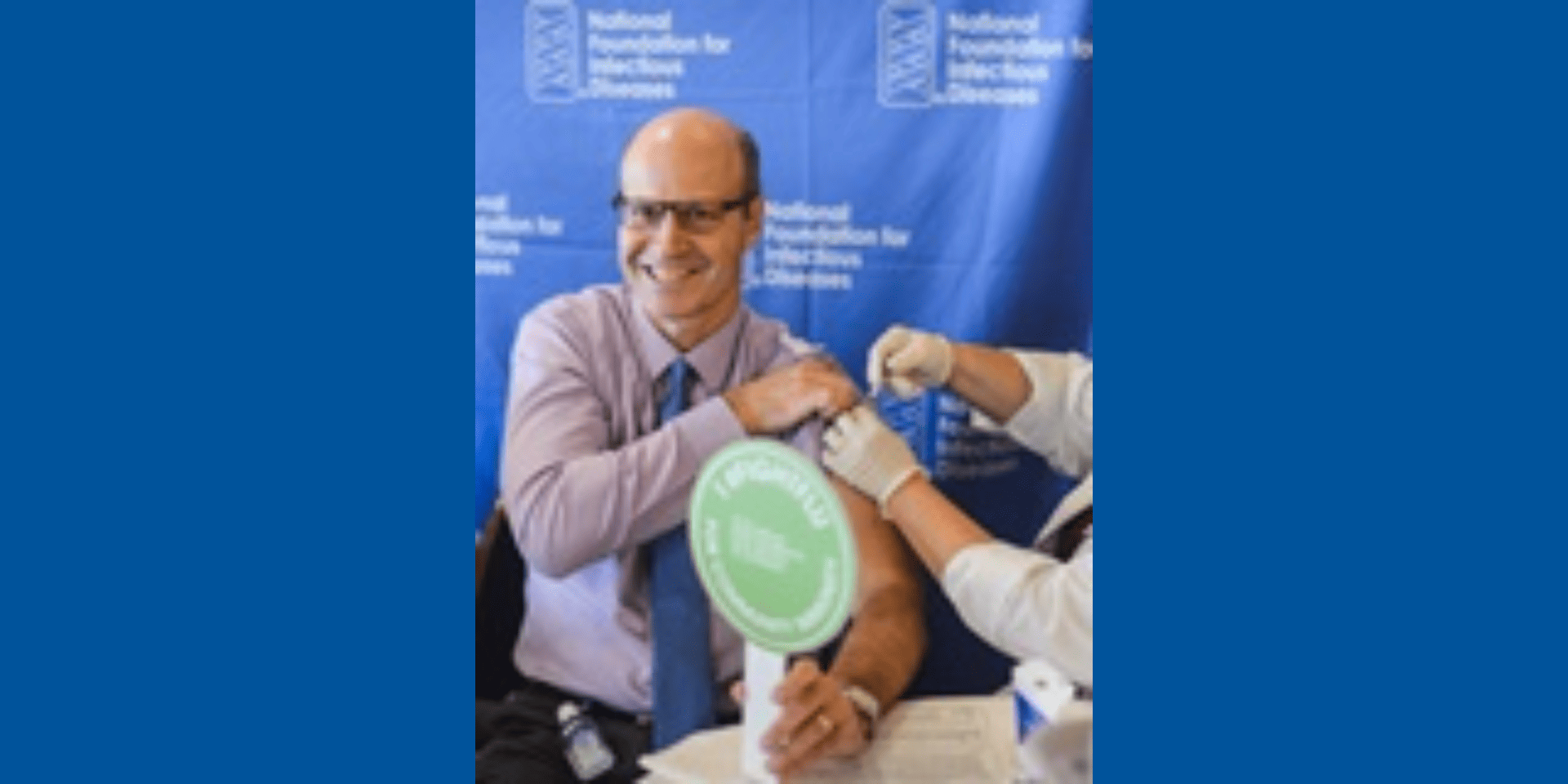
Thank you to James Arbogast, PhD, Vice President of Hygiene Sciences and Public Health Advancements, GOJO Industries for this guest post on the importance of hand hygiene in the fight against influenza (flu).
The holiday season is not the only season we need to prepare for as the end of the year nears. Flu season has already begun and while flu activity typically peaks in either January or February, it is important to start taking action now to help prevent the spread of the flu.
One of the best ways to reduce the risk of spreading the flu is to follow the Centers for Disease Control and Prevention’s 3 Actions to Fight the Flu:
- Take the time to get the flu vaccine as soon as it is available in your community,
- Take every day preventive actions, including washing your hands with soap and water, and if soap and water are not available, use an alcohol-based hand sanitizer, and
- Take flu antiviral drugs if your doctor prescribes them.
Hand Hygiene’s Role in Decreasing the Spread of Illness
Practicing everyday hand hygiene is a critical step in helping to reduce the spread of infections that cause illness. This is especially important since health experts know that more than 80% of illnesses can be transmitted by the hands.
Studies have been conducted on the effect of hand hygiene and how it relates to the flu, respiratory, and viral infections. A study led by Elaine Larson, RN, PhD, from the School of Nursing and Mailman School of Public Health at Columbia University, published in the American Journal of Infection Control found that alcohol-based hand sanitizer whether foam, gel, or wipes all significantly reduce viruses on hands. A study published in the journal Food Environmental Virology also found that the use of an alcohol-based hand sanitizer not only reduces the transfer of a virus to the hands, but to the commonly touched surfaces within the household as well.
Hand Hygiene Tips
This time of the year also serves as a good reminder of when you should wash or sanitize your hands to help prevent illness and infections:
- Before and after eating (especially before hand-held foods);
- Before and after caring for someone that is ill;
- After using the bathroom;
- Before and after preparing food;
- After sneezing or coughing; and
- After touching objects used by many, such as subway railings or grocery carts.
Handwashing and Hand Sanitizing 101
The entire handwashing process should take at least 20 seconds. A good procedure is to wet hands with water, apply enough soap to create a lather to cover all hand surfaces, rub hands palm to palm and carefully scrub fingers, back and front of hands, and each thumb. Rinse hands with water and gently dry hands with a clean paper towel.
The entire hand sanitizing process should take approximately 15 seconds. Apply a dime-sized amount of hand sanitizer, enough to cover all surfaces of your hands, rub the sanitizer into the palms of your hands, fingers, back and front of hands, and thumbs. Continue rubbing hands together until hands are dry. Especially get your fingertips (contact points) wet.
Additional information and education to promote hand hygiene as a wellness initiative is available at www.gojo.com/coldandflu and www.purell.com/coldandflu.
To join the conversation, follow us on Twitter (@nfidvaccines) using the hashtag #FightFlu, like us on Facebook, and join the NFID Linkedin Group.
Related Posts

Mother Knows Best: Wash Your Hands
In honor of World Hand Hygiene Day and Mother’s Day, the National Foundation for Infectious Diseases (NFID) has compiled resources to encourage everyone to follow moms’ advice and wash their hands to help #StopTheSpread of #COVID-19 and other infectious diseases …

#WashYourHands and Join the Fight against Infectious Diseases
Held on May 5 each year, World Hand Hygiene Day is an annual observance that emphasizes the importance of handwashing in disease prevention …
